Despite Oil Bust, Midland is Still Bustling
/https://static.texastribune.org/media/images/2016/05/20/Foster_Jerod-4856.jpg)
 How plunging oil prices are reversing fortunes across Texas. Read all the stories in this series.
How plunging oil prices are reversing fortunes across Texas. Read all the stories in this series.MIDLAND — Thousands have been laid off. Tax collections are plummeting. Many are on the brink of homelessness. Rows of drilling rigs and white company trucks sit idle — there’s no telling for how long.
And, yet, amid the worst oil bust in decades, the energy capital of West Texas hasn’t slowed down much.
Several oil companies have recently built office complexes in the area, and drilling continues, albeit at a more sluggish pace. The city plans to build a new convention center, and construction of a municipal courthouse is underway. Several more hotels, apartment complexes and eateries are expected to open this year, and a second H-E-B grocery store just came online. "For hire" signs are ample, road crews prolific. And people still complain about the traffic.
“People from the outside come in expecting to see boarded-up windows, 'for sale' signs everywhere, just, the city come to a standstill, and in fact it’s really the opposite,” said Mayor Jerry Morales, a restaurateur who bought a local cafe earlier this year, months after oil prices tanked. The Midland native made the purchase not without some trepidation, he said, but knowing that things would bounce back eventually.
There still is plenty of oil in the ground and no shortage of places to drill, Morales and other city and industry officials note. Thanks to the advent of hydraulic fracturing and horizontal drilling, the technology exists to retrieve it. It may not be totally profitable to do so right now, but it will be eventually. The prolonged bustle is partly because the city is playing catch-up, recovering from a period of frenetic growth during the recent boom, when housing was impossible to find — and more expensive — and heavy truck traffic obliterated roads. But Midland’s leaders say it’s also because everyone is optimistic that another boom is just around the bend.
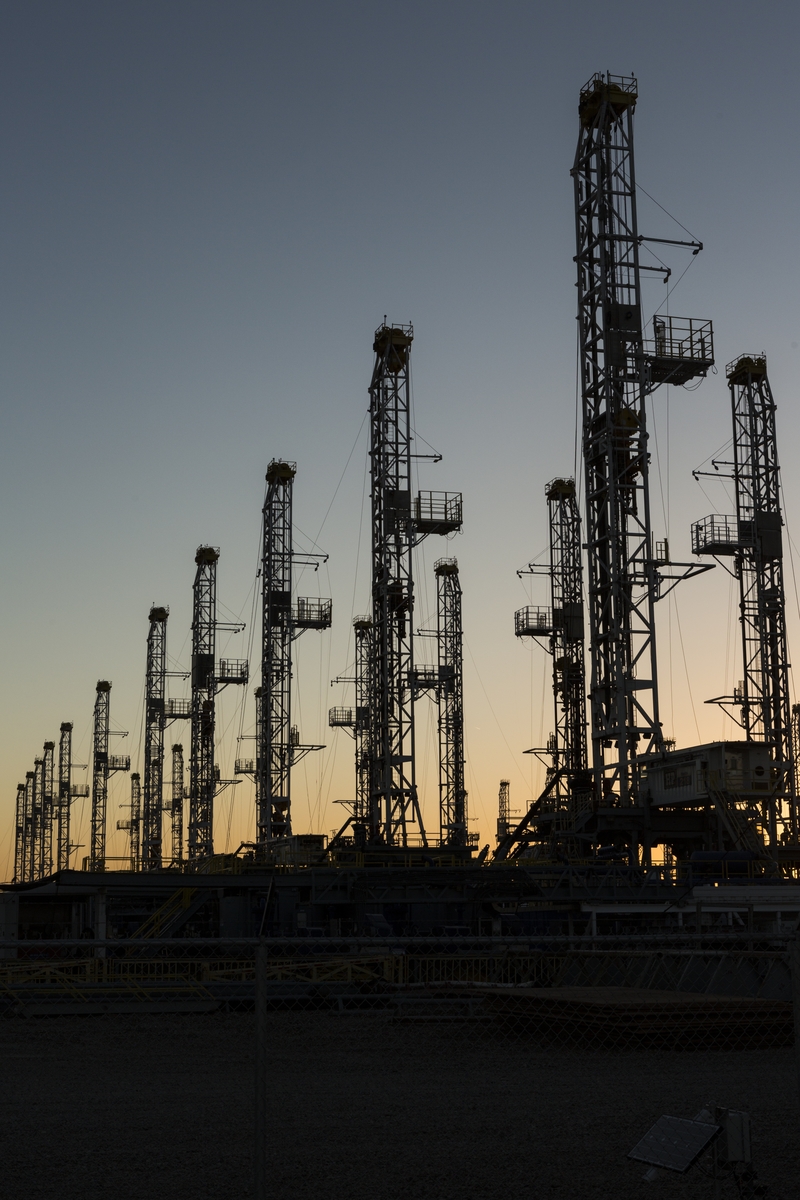
"Downturn not a funeral"
That perspective is what makes this bust different from the others, when the viability of the entire industry was questioned, said Robert Rendall, a former Midland councilman and county attorney who grew up in the city and now serves on the Midland Development Corporation.
“There’s not a feeling here that we’re going to drop and blow away,” the corporate and commercial real estate lawyer said.
During the big bust of the 1980s, Rendall — then a councilman — recalls city revenue dropping by one-third, prompting more than 100 layoffs.
“I don’t think we’re going to see anything that comes close to that,” he said.
The opening line of a recent editorial in the Midland Reporter-Telegram declared, “This is a downturn not a funeral.” The next day’s front page prominently featured a Houston Chronicle story about how “there is growing optimism that the oil bust is nearing its bottom.”
For independent oil producer Don McClure, the optimism is specific to the Permian Basin, the ancient seabed teeming with hydrocarbons that spans West Texas and southeastern New Mexico.
Extracting energy from the ground is cheaper to do here than in other places, McClure says, meaning it is generally the last place producers leave and the first place they return to. Permian wells also produce for decades longer on average, he said.
“Nowhere in the United States is there another oil province as prolific and substantial,” McClure said in a recent interview at his office in downtown Midland, where electronic billboards display the rig count and current price of crude.
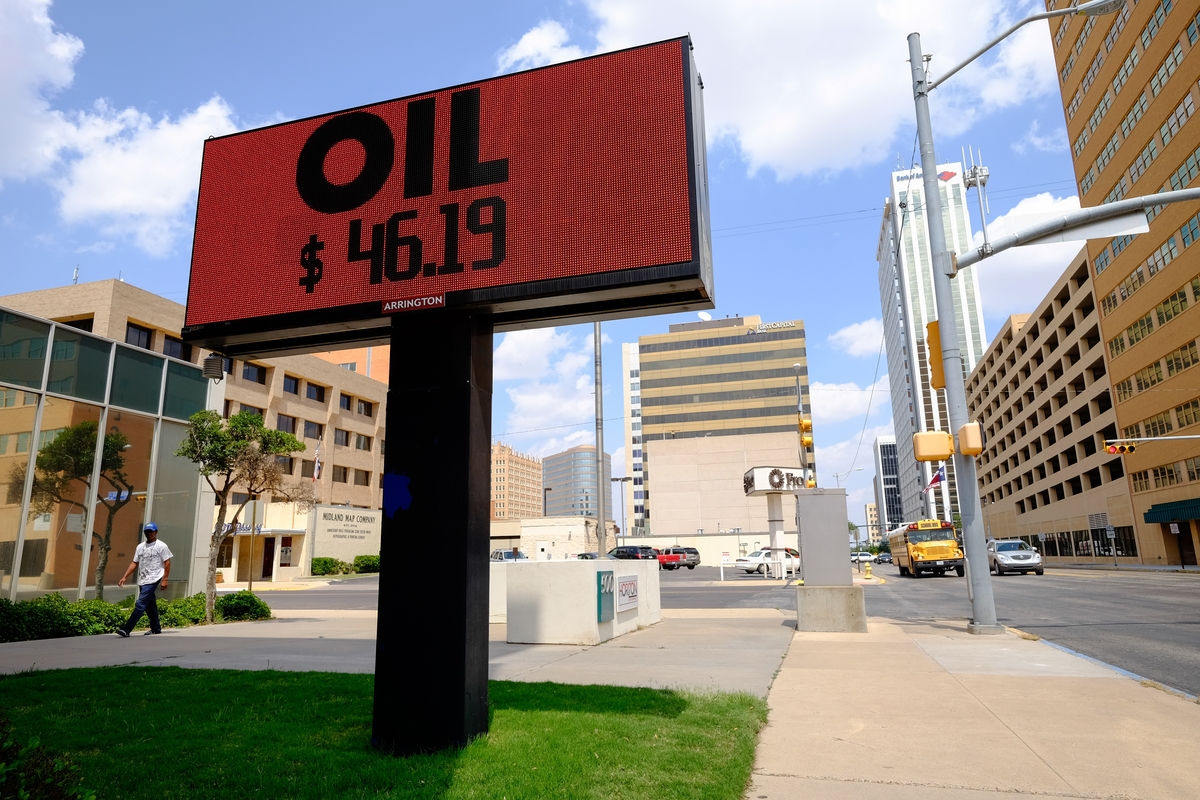
With more than 130 rigs still operating, the Permian has the most of any oil-producing basin in the mainland United States by far, the latest rig count data shows. Only about 400 are operating in the country now, down more than half from a year ago and nearly fivefold since a peak in late 2014.
McClure and others also noted communities in the Permian are far more familiar with the boom-bust cycle than those in energy-producing regions like South Texas’ Eagle Ford Shale, where only a few dozen rigs are still operating and the recent boom was also the first. Not as many Midlanders splurged on luxury vehicles and toy airplanes this time around.
People are definitely hurting, they say — but they also point to the numerous signs around town that industry, and residents, are hunkering down and preparing for a comeback.
An active economy
Chevron and other oil companies have recently built fancy, new office complexes, and others are moving forward with plans to grow their footprint — something Midland officials point to as a sign that the industry is here to stay for awhile.
“You’re seeing companies make really long-term commitments,” Rendall said.
Midland’s population has held steady, or even grown slightly, if school enrollment is any indication.
The district was expecting to lose 700 students during this past school year, but instead it added about 300, said Superintendent Ryder Warren.
“That tells me that teachers didn't leave, families didn’t leave,” said Morales. “People are going to ride this one out, and we better be prepared because when it comes back again, it might be a little busier than the last time.”
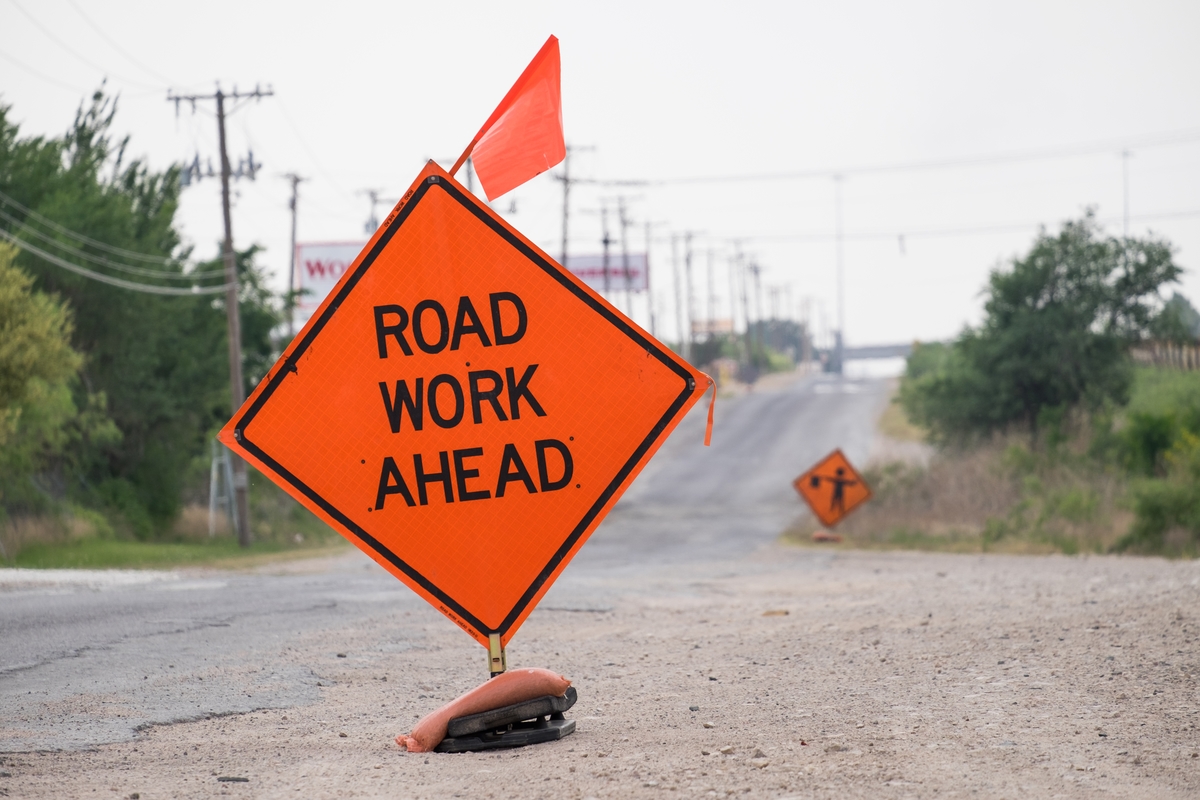
Morales and others also pointed to other indicators of an active economy.
The number of people flying out of the local airport hasn’t declined too much either, with boardings down 9 percent from last year and 11 percent from the banner year of 2014, according to information provided by the city. And hotel occupancy hasn’t fallen much even with the hundreds of new hotel rooms that have come online in the past two years; hotel occupancy tax revenue dropped less than 3 percent between 2014 and last year.
If the signs of impending comeback are all around, though, so too are the ones of fallout.
Pawn shops are bustling, and several fancy, new pickup trucks slapped with "for sale" signs can be seen sitting on the side of the road.
The Midland and Odessa metropolitan areas shed a combined 9,252 oil- and gas-related jobs between 2014 and 2015, according to data provided by the Texas Workforce Commission.
Sales tax collections have plummeted by about 20 percent, which Morales described as a “major concern” while noting they still are at healthy levels — about where they were in 2011 during the first years of the boom.
The city is still growing, he said, but needed some breathing room after growing at an unsustainable, “kind of scary” pace for much of 2014. That year, rents and home prices soared so high that many had trouble affording to live here.
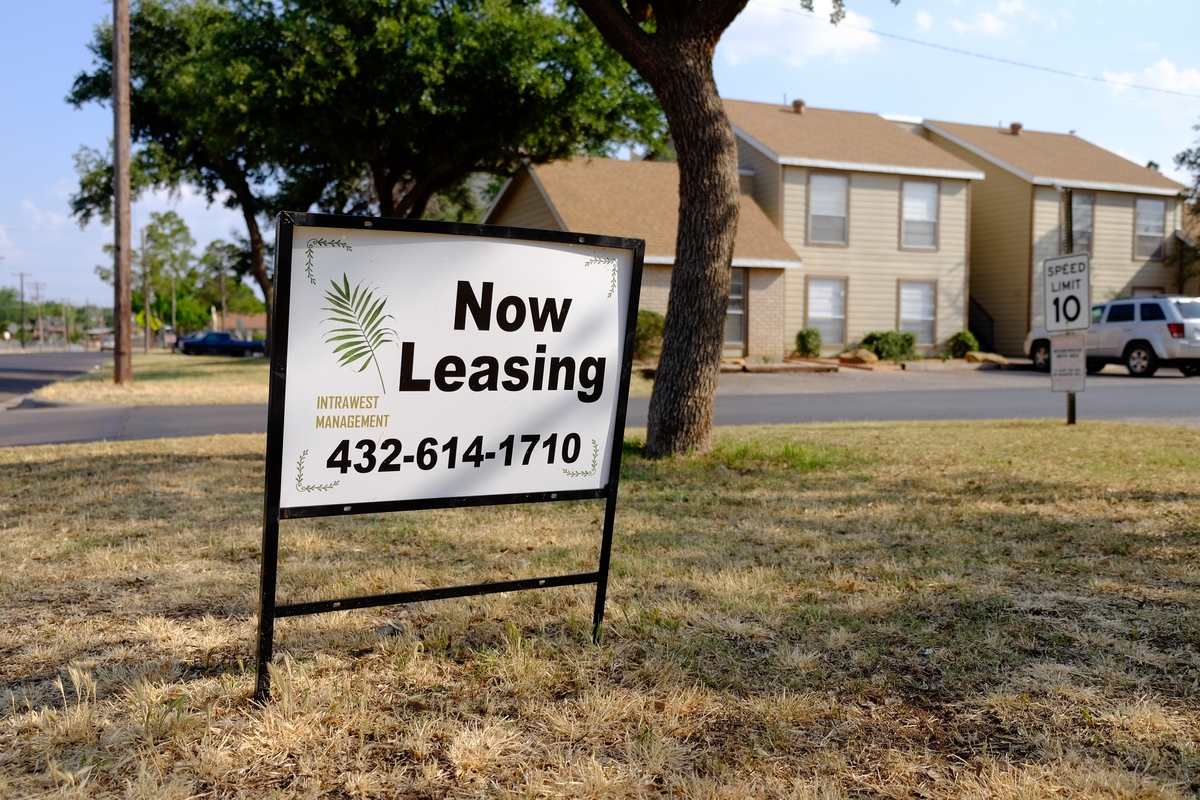
Homelessness, housing and budget holes
While housing costs have decreased significantly since then and availability is no longer an issue, officials say people who have been laid off, had their hours cut or taken lower-paying jobs are struggling to stay in their homes.
Juan Carlos Pacheco, a Child Protective Services worker in Odessa who struggled to find affordable housing during the boom, said he and his co-workers are worried about the state eliminating a $1,000 monthly housing stipend it put in place to offset housing costs during the boom and boost recruitment.
If that happens, he said, "we're going to be facing a different problem because people are not going to be able to afford to be here."
In the past few months, a homeless camp has popped up alongside the interstate frontage road, near the Walmart Supercenter.
A woman panhandling near the camp on a recent weekday was raising money to get back to East Texas after seven years in Midland. A carpenter by trade “like Jesus,” Leslie Kimmey said she helped build many of the new hotels, pharmacies and other businesses that popped up during the boom. She and her husband have been living in a nearby storage unit for several months since he was laid off from his oil field job.
He’s tried to find work at local fast-food restaurants, but has been told he’s overqualified.
“He’s tried. He’s tried his best,” she said.
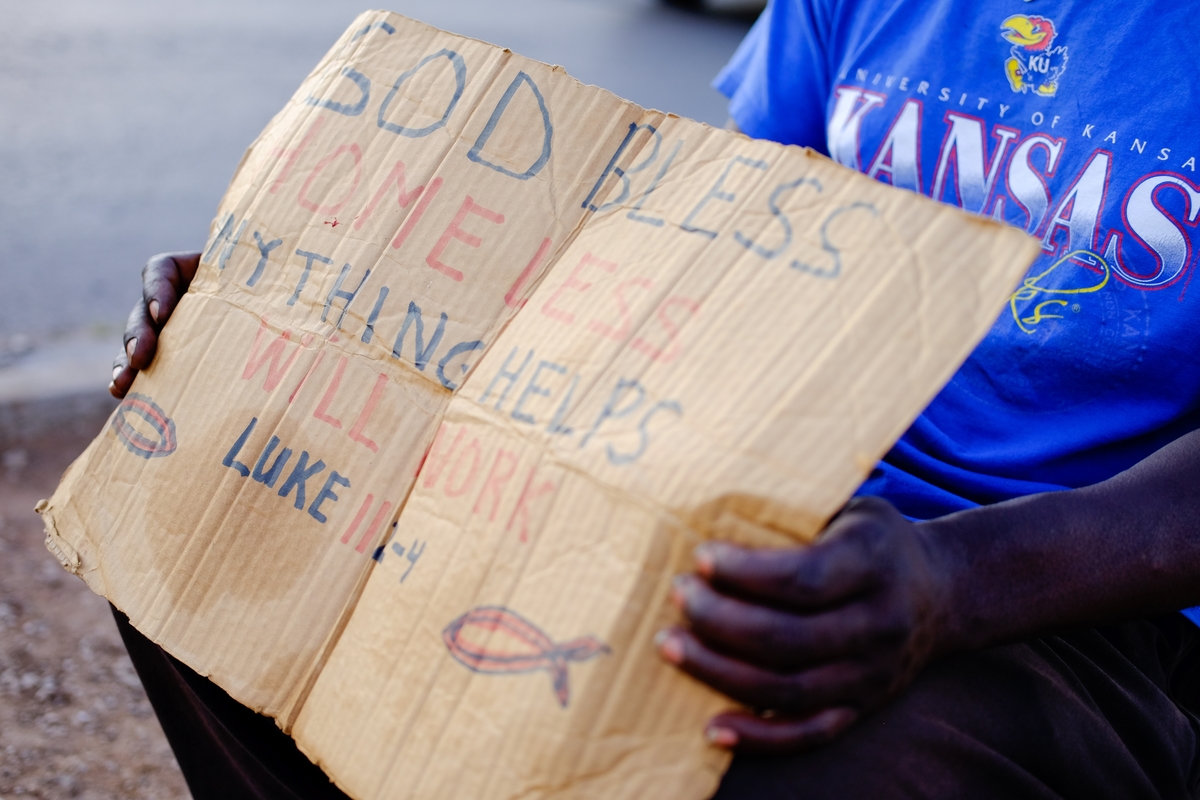
Homelessness is “an ongoing, important challenge,” said Midland Chamber of Commerce President Bobby Burns. The former mayor serves on the board of the local Salvation Army, which plans to build a new emergency shelter — open only at night — that will help people get back on their feet.
Board Chairwoman Barbara Mamoulides said the Salvation Army has seen more of an increase in requests for food and help with utility bills than it has in homelessness, but she said that could change this summer “as people have been without work longer and they try to run their air conditioners and run up an electric bill they can’t pay.”
Midland, which had the highest median home prices in the state in 2014, is still one of the most expensive places to live in Texas, said Jim Gaines, chief economist at the Texas A&M Real Estate Center, while noting the entire state is considered affordable.
The median home price in the Midland, which topped $280,000 in mid-2014, had fallen to $205,000 last month, according to the Permian Basin Board of Realtors. That is on par with the statewide median home price.
Average rent has decreased from about $1,200 per month for a 1-bedroom in 2014 to $900 per month now, said Rhonda Lesley, the head of the Permian Basin Apartment Association.
Still, she said she recalls a time before the boom when average rent was more like $500. Apartment occupancy, which reached almost 100 percent in 2014, has fallen to 80 percent, she said.
Pacheco, the CPS worker, said he bought a house in December 2014 and paid more for it than he wanted to, but still considers himself “not a miracle, but ... lucky.”
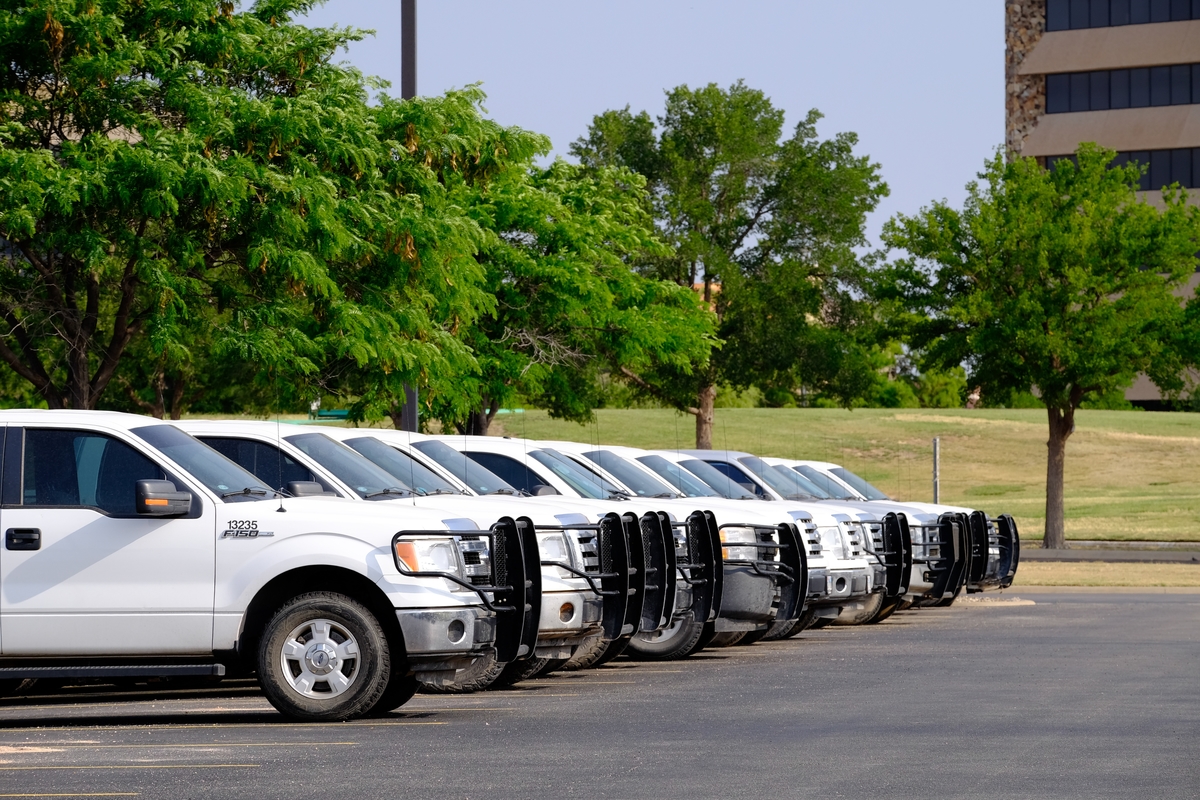
"Not over yet"
Meanwhile, Midland schools chief Warren says he’s facing the worst budget situation of his career. With mineral values expected to drop 20 percent, the district is facing a $25 million budget shortfall. It also will have to send a large chunk of money, possibly its largest ever, back to the state to buoy property-poor districts, as required by state law. That payment could top $60 million.
“There’s very few districts that have to deal with such fluctuations of their tax base,” Warren said. “It’s been crazy trying to figure out what we’re going to do now.”
The deficit will make hiring more teachers difficult at a time at a time when the district has been serving about 1,000 more kids than it was expecting to. The 2015-2016 school year was the first one during a bust cycle that the district didn’t lose a single kid, Warren said.
And, “it’s not over yet,” warned McClure, the independent oil producer, predicting more layoffs and industry turmoil ahead. But he stressed that the hard times won’t go on forever.
“If you squint real hard, you can see the light at the end of the tunnel,” he said.
Wes Pixley is banking on it.
The Louisianan, who has worked in the industry for decades, recently started his own oil field services company after he was laid off. Choice Completion Systems started out in the Haynesville Shale, which spans parts of Texas, Louisiana and Arkansas, but is now expanding to the Permian, which Pixley describes as “the most active basin in the U.S.”
While some have called him crazy for starting a business during a bust, he said, “now is the time” to snatch up quality employees and cheap equipment.
“What we’re trying to do,” he said in an interview during a recent job fair he held in Midland, “is to just be ready for when the turnaround comes around.”
Disclosure: Texas A&M University has been a financial supporter of The Texas Tribune. A complete list of Tribune donors and sponsors can be viewed here.
Information about the authors
Learn about The Texas Tribune’s policies, including our partnership with The Trust Project to increase transparency in news.
/https://static.texastribune.org/media/profiles/Kiah.jpg)